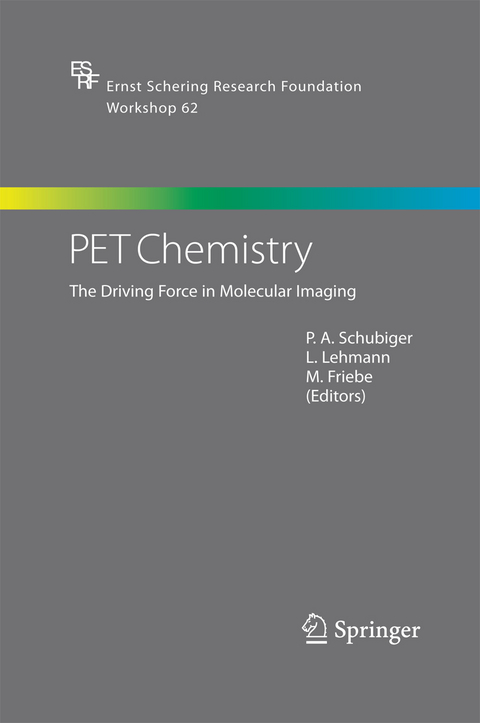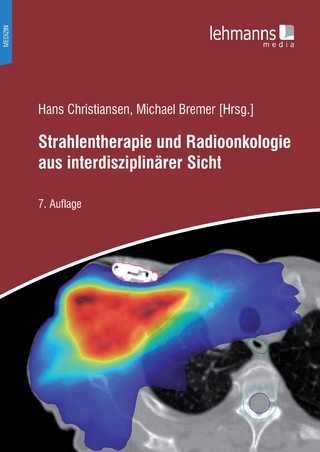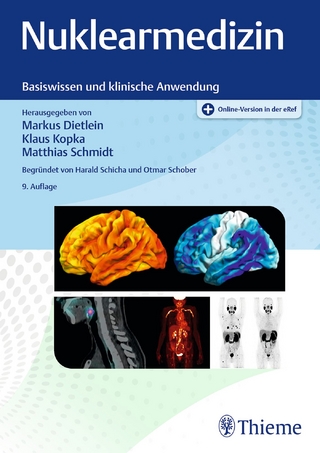
PET Chemistry
Springer Berlin (Verlag)
978-3-642-42164-8 (ISBN)
Molecular Imaging with PET - Open Questions?.- Fluorine-18 Labeling Methods: Features and Possibilities of Basic Reactions.- Fluorine-18 Labeling of Small Molecules: The Use of 18F-Labeled Aryl Fluorides Derived from No-Carrier-Added [18F]Fluoride as Labeling Precursors.- Fluorine-18 Labeling of Peptides and Proteins.- [18F]Fluoropyridines: From Conventional Radiotracers to the Labeling of Macromolecules Such as Proteins and Oligonucleotides.- Production of Non-standard PET Radionuclides and the Application of Radiopharmaceuticals Labeled with these Nuclides.- Carbon-11 Labeling Chemistry Based upon [11C]Methyl Iodide.- 68Ga-PET Radiopharmacy: A Generator-Based Alternative to 18F-Radiopharmacy.- Microwaving in F-18 Chemistry: Quirks and Tweaks.- Micro-reactors for PET Tracer Labeling.- Synthesis Modules and Automation in F-18 Labeling.- Pharmacological Prerequisites for PET Ligands and Practical Issues in Preclinical PET Research.- Positron Emission Tomography Imaging as a Key Enabling Technology in Drug Development.
| Erscheint lt. Verlag | 30.11.2014 |
|---|---|
| Reihe/Serie | Ernst Schering Foundation Symposium Proceedings |
| Zusatzinfo | XII, 345 p. |
| Verlagsort | Berlin |
| Sprache | englisch |
| Maße | 152 x 229 mm |
| Gewicht | 527 g |
| Themenwelt | Medizinische Fachgebiete ► Radiologie / Bildgebende Verfahren ► Nuklearmedizin |
| Naturwissenschaften ► Biologie ► Biochemie | |
| Naturwissenschaften ► Chemie ► Technische Chemie | |
| Technik | |
| Schlagworte | Base • Biomedical Chemistry • jRadiolabeling • Molecular Imaging • Nucleotide • PET Tracer • Positron Emission Tomography • radiochemistry |
| ISBN-10 | 3-642-42164-4 / 3642421644 |
| ISBN-13 | 978-3-642-42164-8 / 9783642421648 |
| Zustand | Neuware |
| Haben Sie eine Frage zum Produkt? |
aus dem Bereich


